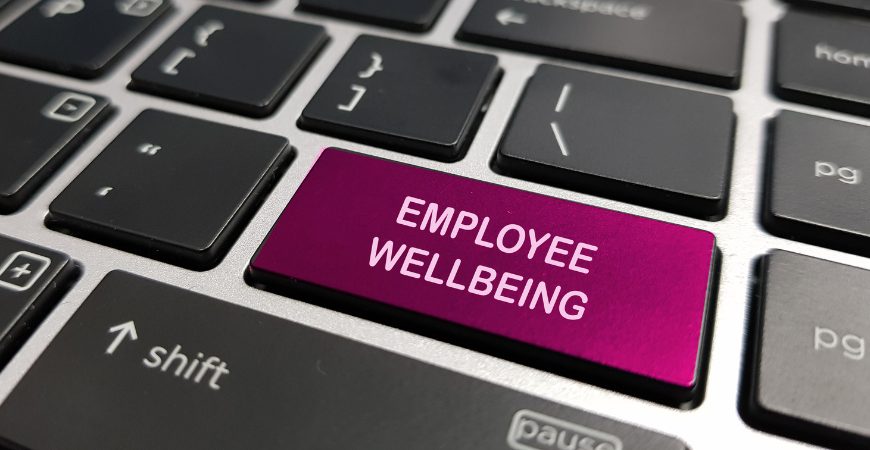In recent years organisations have spent vast – even excessive – amounts of money on workshops, programs, and other initiatives to help workers become more resilient.
The misguided hope of these organisations is that such initiatives would enable staff to thrive in the workplace, despite unrelenting workloads, incessant change, and many other pressures.
Yet as COVID-19 demonstrated, the soaring levels of anxiety, depression, or other unpleasant emotions that many experience cannot merely be attributed to a lack of resilience, grit, or courage. These emotions are not merely delusions; they are inevitable responses to the relentless demands and genuine pressures that individuals need to withstand.
So how can we best equip our workers to thrive in highly pressurised environments?
Introducing Resilience 2.0
Resilience 2.0 is a novel approach that helps individuals develop the skills they need to reconcile conflicting goals – such as the need to work safely but quickly – and thrive in the workplace. The approach recognises that people cannot experience wellbeing unless they can collectively work to resolve the cause of external distress.
Resilience 2.0 is a response to previous movements that developed over the last few decades, all of which presented certain limitations.
Intuitive resilience practices
One of the first resilience-based approaches developed in the 1990s, when managers became concerned about the burgeoning levels of stress and burnout—problems which disrupt productivity, increase staff turnover, raise insurance premiums, and ultimately diminish profits. Organisations attempted to introduce a range of solutions, including mindfulness classes, shared physical activity, kindness meditations, stress inoculation, and many other practices that were designed to diminish stress.
Some of these practices were more effective than anticipated. For example, one approach in which staff were encouraged to praise one another generated an unforeseen benefit: both staff members who delivered the praise and staff members who received the praise experienced greater wellbeing than many people anticipated.
But actually, most attempts to diminish stress were ineffective or unsustainable. This is because most of these practices are not that different from strategies that staff naturally apply to improve their wellbeing. That is, most of these practices are intuitive.
Unintuitive resilience practices
In subsequent years, organisations began to implement practices that were not as intuitive—practices that seem unusual but have been shown to be beneficial.
For example, in some organisations staff were encouraged to read some relevant articles as rapidly as possible for 10 minutes each morning. This activity has been shown to boost mood, at least transiently. In other workplaces, staff were encouraged to repeat a word that coincides with some problem, such as incompetence or obesity, about 40 times in rapid succession. This activity has also been shown to diminish the degree to which individuals perceive this problem as upsetting or stressful.
Unfortunately, even unintuitive practices did not enhance resilience and wellbeing to the extent that managers hoped. The main culprit was the flux and uncertainty that pervades modern organisations.
Resilience in an uncertain world
Many studies have found that because modern workplaces are volatile and unstable, workers often perceive their future as hazy and uncertain. They are not sure how their future will unfold.
This means that workers are not as willing to challenge themselves now to develop skills that could benefit this uncertain future. They do not perceive changes, challenges, or problems as opportunities to develop, but as threats to their wellbeing. The result is that their resilience declines, and wellbeing subsides. They shun unfamiliar and challenging activities—even practices that might have enhanced their mental health, such as the example of reading articles as rapidly as possible every day.
In response to this problem, many organisations attempt to promote strategies and values to instil a sense of certainty and clarity about the future. Yet, these strategies often change year on year. In one year, the strategy might prioritise risk and innovation. In the next year, because of unforeseen challenges, executives might prioritise efficiency and savings instead.
How do I apply Resilience 2.0 to my work?
In my session at ATC2022 this November, I will help you develop the skills you need to reconcile these conflicts and thrive in the workplace. You’ll learn how the capacity to reach suitable decisions, uncover innovations, collaborate effectively, and influence other people can be applied to resolve problems and improve your life circumstances. To help apply these concepts, all attendees will receive templates or algorithms to apply to real-life situations to achieve two conflicting goals simultaneously.

Join Dr. Simon Moss at ATC2022, where he will help develop the skills you need to reconcile such conflicts and thrive in your workplace.


























